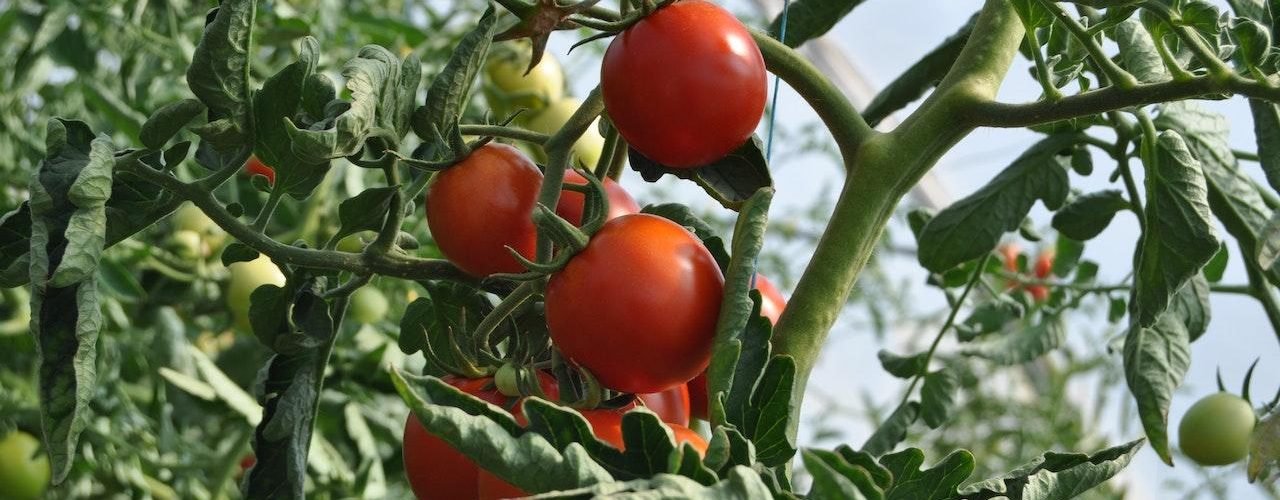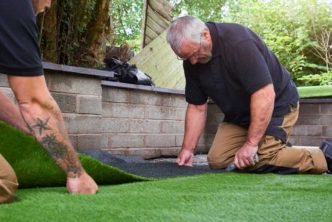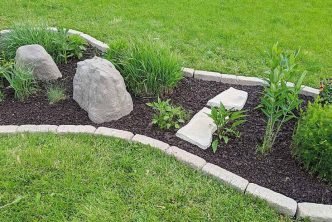Gardening offers a perfect escape from our everyday, busy and hustle-filled lives. Having a safe, green haven to fall back on at any time you need, while producing fresh, organic and healthy produce is a luxury anyone can indulge in. With some elbow grease, dedication and practical tips&tricks, you can create natural wonders in your backyard garden. Gardening as a hobby is meant for relaxation and health despite what others might have told you. All that you need is a fresh perspective and a can-do attitude to get started. Without further ado, here is how to make your gardening dream a reality!
Table of Contents
1. Location, location, location!
The same principle that drives real estate is present in gardening. Taking a minute or two to observe your future green kingdom is all it takes to get started. Noticing which areas get more or less shade during the day will tell you where to plan each type of vegetable. An advanced step that you can take for even bigger yields and better choices is to have your soil tested.
Soil testing is not necessary but useful. Soil testing can tell you what is ideal, and perfect plans for your garden. It will also tell you if your soil is lacking, or has excess, minerals so that you know what type of fertiliser to use. Speaking of fertiliser, it’s mostly an overlooked topic, but we will give it the fair attention it deserves.
2. Fertilisation and composting
Your garden needs all the help it can get to prosper and provide bountiful returns. After you have observed your surroundings and made the decision of what goes where next up is to prepare the soil for planting. Fertilisation and mulching give your soil a boost so that the soil can support all the plants you wish to have. Mulching also helps to keep the ground nice and chill, while retaining water.
Composting is the other half of the medal. Composting is for when you want to plan. As it is with soil testing, composting is also optional but incredibly useful. Composting is also an eco-friendly way to create fertiliser. One hundred per cent is organic, natural and safe. Setting up a composting area will secure that all those green products that will come have a place to be recycled. When you mow your lawn, cut excess branches, prune your plants and similar, you produce green waste as a by-product.
Tossing them in the composting area and letting nature run its course gives back and completes the cycle. Compost is easily the best option to give back to your plants. After all, compost is made of your plants.
3. Watering
All living things on Earth need water. Our bodies consist of seventy per cent water or even more, and plants are no different. Proper watering and hydration can make or break any garden. Most people think that not enough, or sparse watering, is what kills plants, but excess watering also does more harm than good. As it is with all things in life, moderation is key. Oversoaking the ground and making it swim in water makes the root of the plant rot, which inevitably kills the plant.
When you notice that any plant’s leaves are going dry, it’s high time to get some water to that plant. As it is with us, when we notice dehydration, it means we are too late on drinking water. Watering your plants comes easy once you get into the rhythm. The best time to water your plants is in the morning or evening. In the morning, the ground is still fresh from last night and in the evening the plants can finally breathe and relax after the scorching heat. When it comes to what amount of water to use, don’t overdo it. You have great garden hoses, or drip hoses if you want to invest a bit which solves the dilemma for you.
4. Tools of the trade
We’ve covered where to plant, how to prepare and what to feed the plants, now all that remains is what to do the actual job. Your gardening is only as good as the tools you are using. Gardening tools are a typical pitfall for aspiring and beginning gardeners. People tend to break their budgets and splurge out on all sorts of tools and accessories. In reality, our best recommendation is to start small and with the basics.
Garden tools like a simple hoe, one hose, a rake and a smaller shovel are all you need to get started. Using these, day by day, and for all those ideas you have growing in your mind will let you know what, and if, you need more. The easiest thing in the world is to buy additional tools, but mastering and learning gardening with what you have is key. Don’t worry if you possibly forgot something, you can always get it online. One more thing that we wish to add here is tool maintenance.
Your tools can last seasons if you care for them, just like your plants. After each use, you need to clean them of dirt and organic matter and then store them in a safe and dry space. Before and during winter, they could use a freshening up and an inspection. Gardening tools are an investment that will pay off if you give them a fighting chance.
5. The best plants to have
Finally, we’ve reached the actual topic of plants and what to plant in your perfect garden. Lettuce, green beans, radishes, tomatoes, onion, garlic, carrot, spinach, the list goes on, but these are enough to get you started. Low maintenance plants, beginner friendly, and not demanding in terms of watering, soil quality and upkeep, these plants offer a perfect start to any aspiring young gardener who wishes to dive right into the incredible hobby. When planting, you can go two ways.
One is to pre-plant seeds during the late winter and early spring into cups. Then you can start gardening in your basement or home and get a head start when spring comes. Or you can plant seeds directly into your garden and watch them go from zero to hero! Plan B involves buying already grown plants from other gardeners and centres. That way, you skip the hard beginning and dive right into where the action is. Either way, you can’t go wrong and will learn a lot along the way.
6. Beds and pots
Gardens come in all shapes and sizes. Sometimes, you have limited space to work with, but you still want to make your garden happen. For such scenarios, tiered and mobile gardens are the saving grace. Tiered gardening makes maximum usage of space. Your walls become escalated platforms, where there is green action on each level. Potted plants on shelves can decorate each wall, on as many tiers as you can fit.
Tiers are ideal for plants that require plenty of sunlight, which can go on top, and plants that thrive in the shade, which you will place on the bottom. Pots, shelves and gardening beds are ideal to mix and re-locate at a whim. The Winter season will show you how important it is to have mobility in gardening because you can relocate all of your plants from harm’s way. Pots require out-of-season cleaning and safe storage, but your gardening beds will need some more care and attention.
Re-painting, checking their connections and for termites will keep them lasting for years to come. Treating pots and gardening beds as your plant’s home will show you how important it is to care for them in the same way you care for your plants.
7. Use tech
Gone are the days when gardening was viewed as low-tech and primitive. Gardening beginnings were humble and simple back in the day, but today there is modern technology to help you out at each step. Starting with free gardening apps, you can get straight to planning online. Sipping on a cup of coffee, while your garden layout appears on your phone, is how gardening is done today.
You can also use these apps to keep track of when you planted each plant, how much and when you’ve watered it and when you can expect the first harvest. Apps keep track of the weather and can give you all the info you need for each plant type you wish to have. Each plant can be infected by different diseases or attacked by pests, and apps have gathered all the info you need to battle these occasions. Speaking of pests and diseases, they deserve their item the least.
8. Eco protection
Last but not least, we come to the topic of protection. You can do everything right in your garden, but it can still be destroyed by diseases and pests, all out to ruin your day. Many fresh, young and in-experienced gardeners go for pesticides and herbicides and then use them over the top. We’ve mentioned how excessive watering can hurt your plants, and the same principle applies to medicine. Excess intake of medicine makes it poisonous, for both plants and humans.
Pesticides and herbicides cause harm to your plant and soil quality. Whenever possible opt for eco-friendly, natural and organically made pesticides and herbicides. Yes, they cost a bit more, but the payoff is more than worth it. We would like to mention that there are fully natural ways of protecting your plants with the circle of life. Lady bugs eat mites, spiders eat all sorts of bugs, and bees help your plants to pollinate and flourish. Should you spot any of these critters, leave them be and live in your garden.
Being one with Mother Nature is easier than you thought. Co-existing with plants and all other life forms is the change we need for us and future generations. Eco-consciousness starts in your backyard, where you will see all the positive and negative impact your behaviour and actions can have on plants. Now extend that to the entire planet, and you will see how much we can learn by gardening. Creating your perfect green heaven does not come overnight, but once it’s made, it’s here to stay. We wish you all the best!





